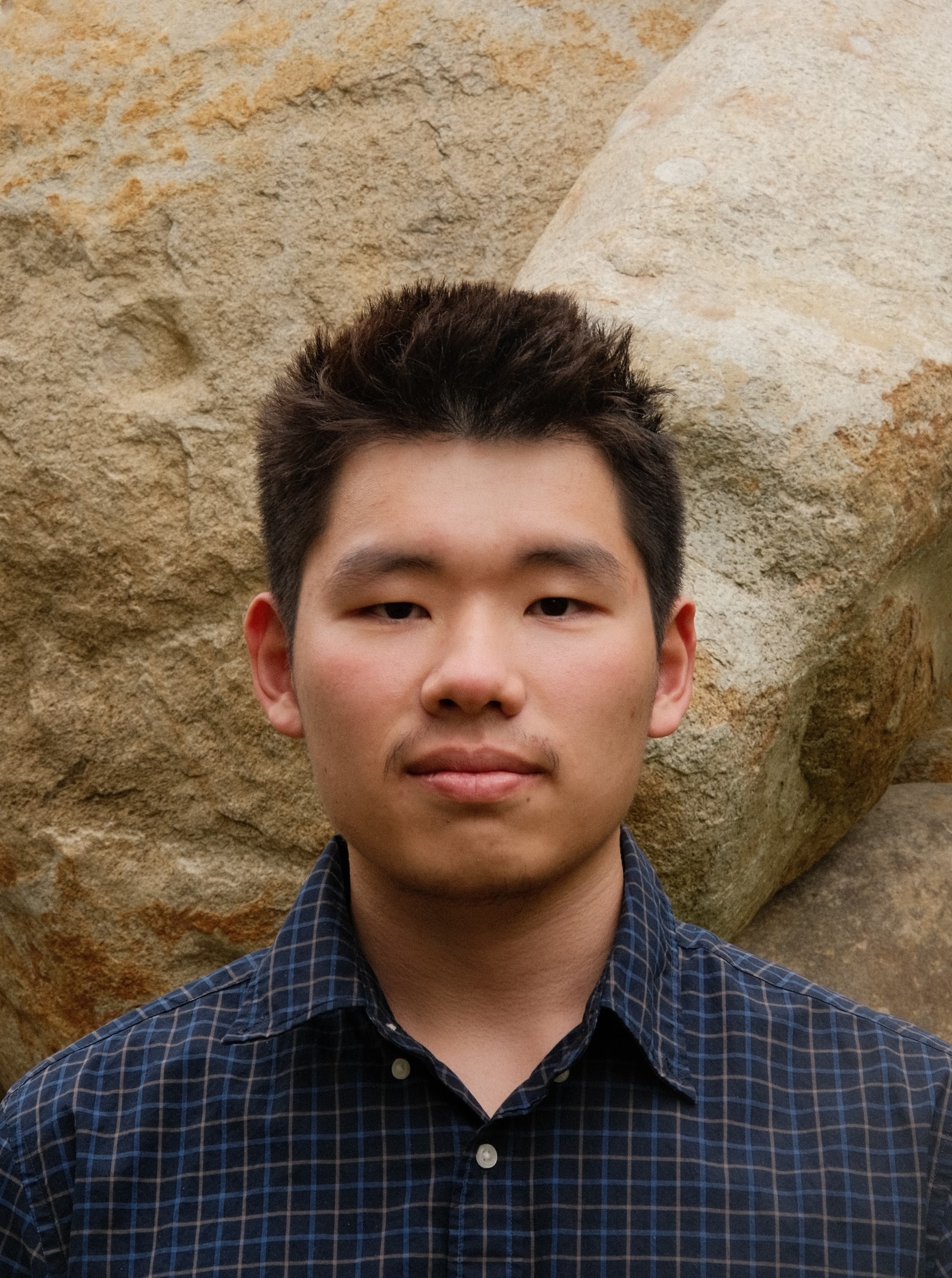ECE 109
ECE 109
Owner: Philip Manfred Pincencia Verification: Verified
Basics
Basic activity in probability is an experiment.
An experiment involves randomness → an outcome
Example (assume coin is unbiased)
- Experiment: Flip 2 coins
- Outcome possibilities: HH, HT, TH, TT
Exactly one outcome occurs
More Example
Definition Sample Space $S$ is the set of all possible outcomes of an experiment.
| For $n$ coin flips, $ | S | =2^n$ |
| Roll 2 dice, then $ | S | =6×6=36$. in general, we care about the order |
Definition Event is any subspace of the sample space. $E\subseteq S$
An Event occurs $\neq$ Outcome. All the outcome in an event cannot happened simultaneously, it’s just that if the outcome is in $E$, then the event happens.
If $E=\emptyset$, it is called the null set. If $E=S$, it is called the sure set.
For any event $E\subseteq S$, $P(E)$ will be a probability.
Set Theory Modification
In probability and ECE 109,
$A\cup B= A+B$
$A\cap B=AB$
Complement of event $E$ is $E^c={x\in S: x \not\in E}\equiv S-E$
Set $E, F$ is disjoint if $EF=\emptyset$
